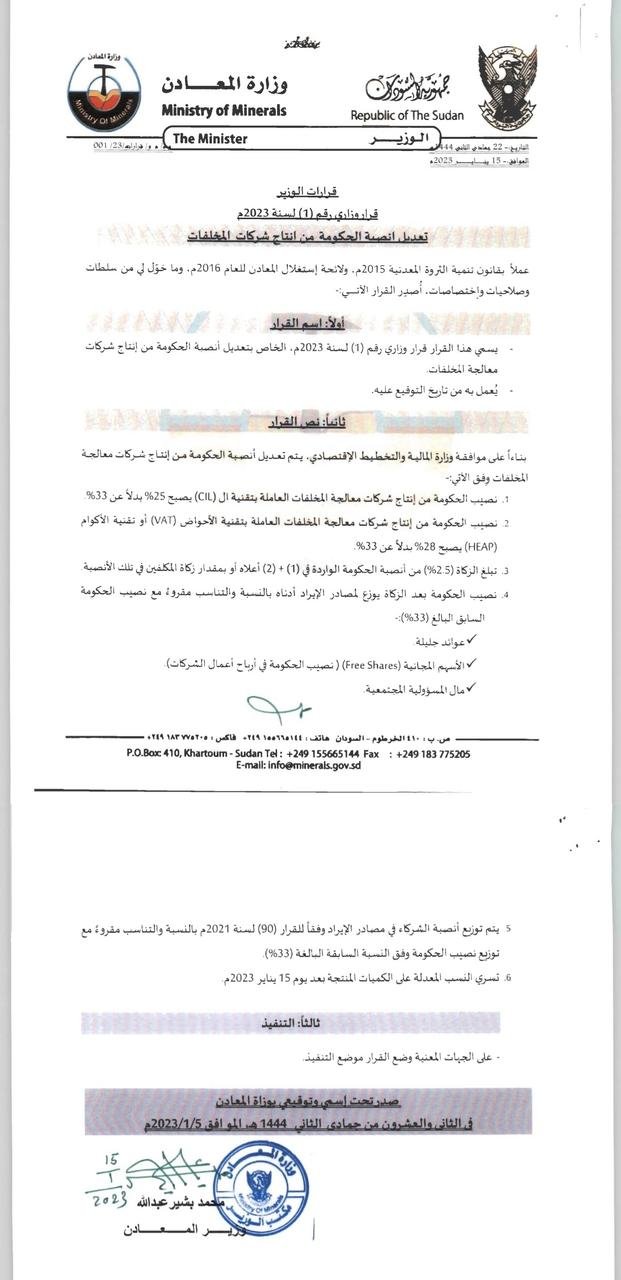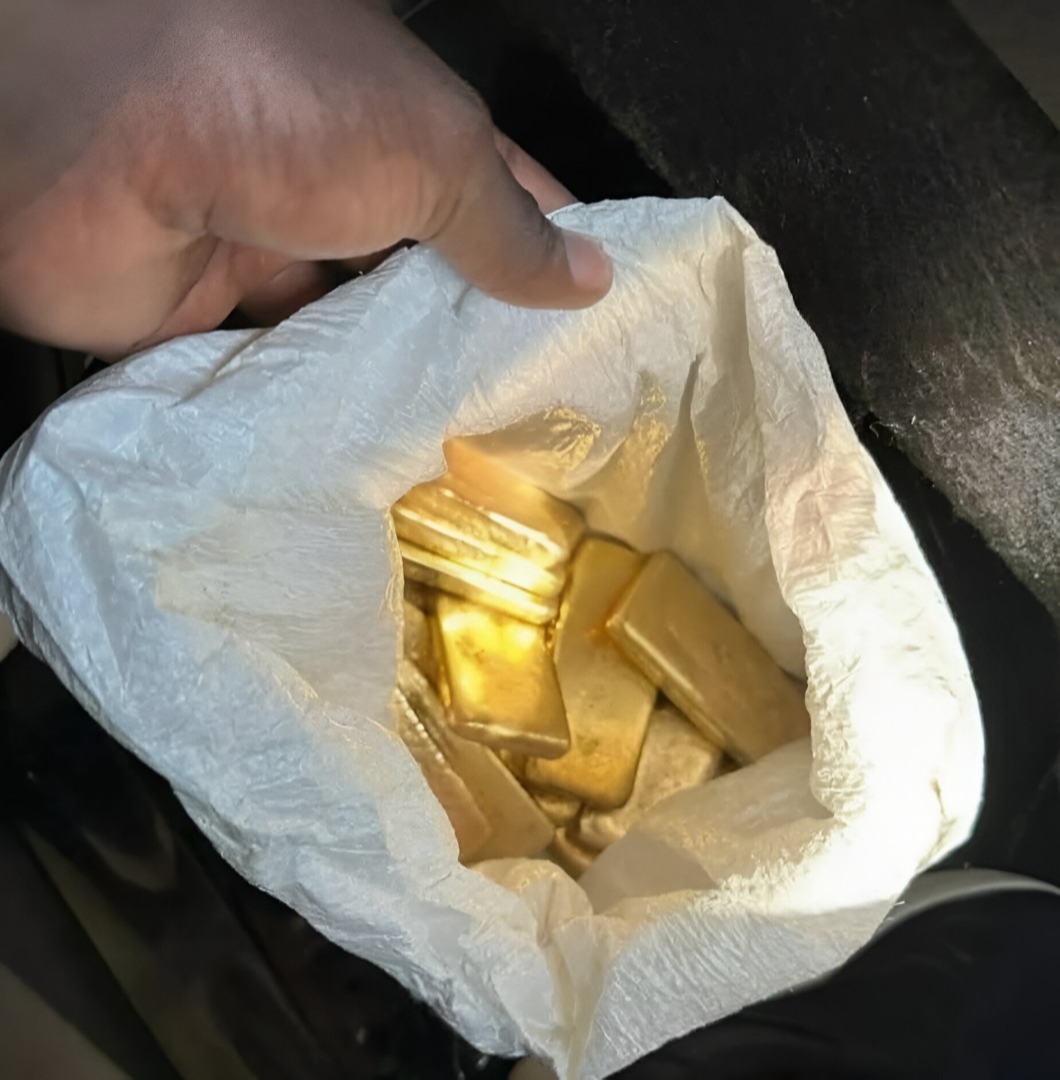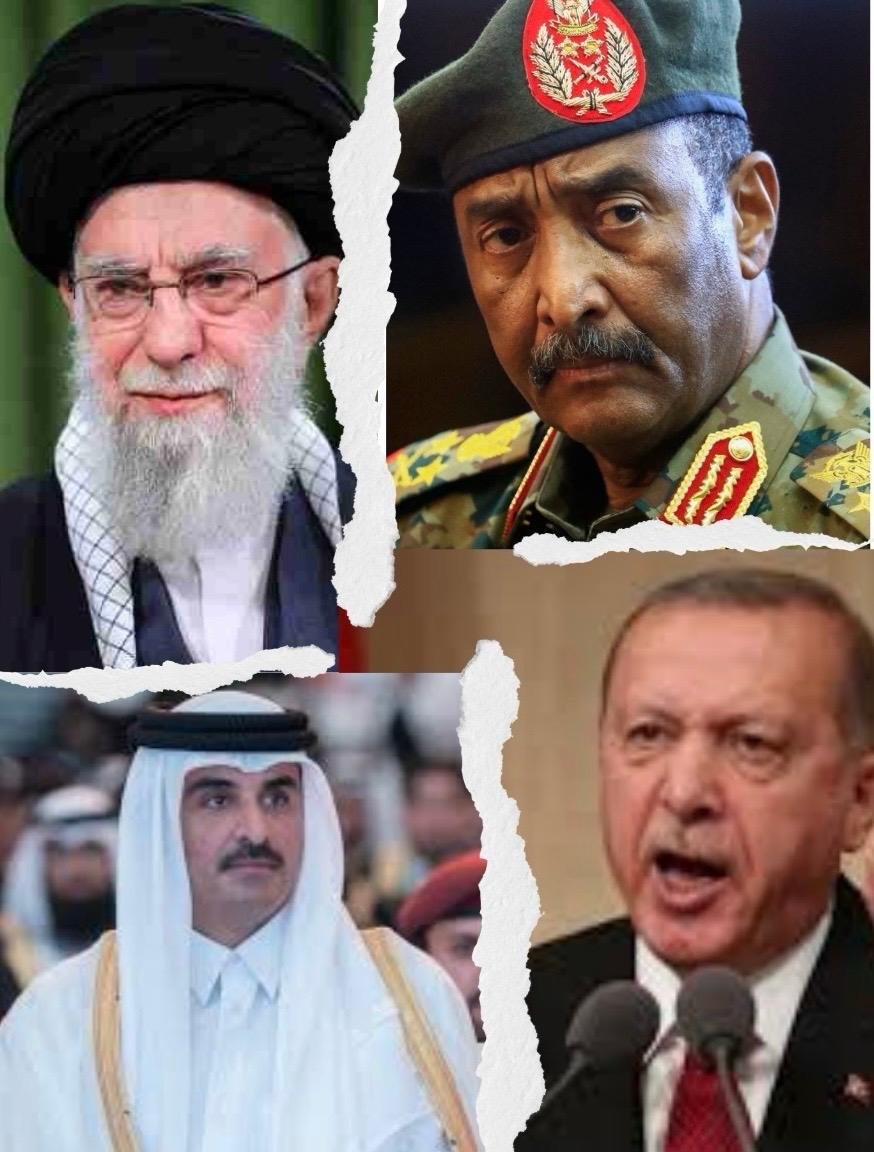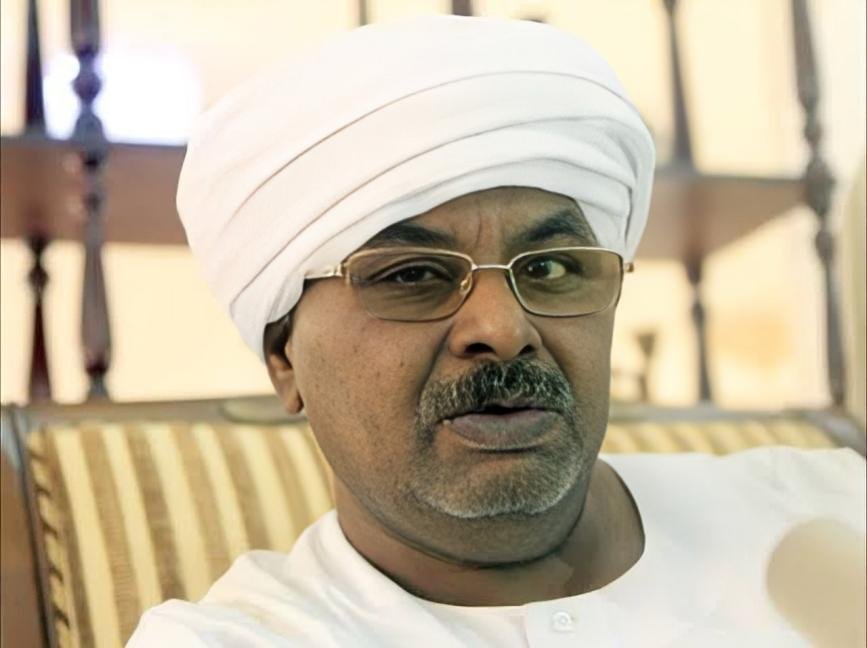Report: SPT
Two years after the outbreak of war between the Sudanese army and the Rapid Support Forces, the country’s wealth has become the focal point of a fierce struggle between warring factions and external actors, reflecting the international race for its precious resources, with gold emerging as a primary source of war financing.
Amid shifting geopolitical dynamics, Sudan has become a strategic target for nations and multinational corporations seeking to seize its wealth, further fueling the devastating war that has resulted in one of the worst humanitarian disasters of the modern era.
The Gold Map
Sudan is one of Africa’s largest gold-producing countries, with gold deposits found in 14 out of its 18 states. Gold mining is concentrated in the River Nile and Northern states, stretching from Wadi Halfa to Atbara, as well as in the three eastern states, most notably the Red Sea State, where gold deposits are found along the Red Sea coast and across the Red Sea Hills. Gold is also mined in Blue Nile State. Additionally, gold mines are widespread in Kordofan and the eight states of Darfur, which are conflict zones and remain outside the control of the military-aligned government in Port Sudan. The extent of mining in these areas remains unknown, and it is unclear whether production continues as before amid the ongoing conflict.
According to government data, Sudan’s discovered gold reserves are estimated at 1,550 tons. However, many geologists question this figure, arguing that it lacks scientific accuracy due to the absence of a structured, modern methodology in the mining sector. Widespread disorder and corruption make it difficult to accurately determine the discovered gold reserves and actual production levels to date.
Traditional Mining
According to the Sudanese Mineral Resources Company, the government’s regulatory body for mineral production, 80% of the country’s gold output is extracted by traditional miners, while companies account for the remaining 20%.
Traditional miners operate in highly hazardous environmental conditions, using toxic chemicals such as mercury and cyanide. They rely on wage labor to extract gold-bearing rocks, which are then ground in mills to obtain the precious metal. These rocks are sourced from pits identified using metal detectors that detect gold deposits in the area.
Amid doubts surrounding the accuracy of data released by the government regulatory authority, various estimates suggest that around two million Sudanese are engaged in artisanal (traditional) mining. The actual gold output may be even higher, particularly in the absence of specialized international companies. This is primarily due to the military’s control over the sector and its efforts to monopolize gold, along with widespread corruption. These factors have rendered the legal framework unattractive to international companies looking to enter this vast market, further exacerbated by political, security, and economic instability.
Nevertheless, some non-Sudanese companies continue to operate in this sector, often directly or indirectly linked to influential military figures. Mining companies from three countries remain active: Alliance for Mining and Kush for Exploration and Production, both Russian firms; Morocco’s Managem mining group; and Jordan’s Orshab Gold Mining. All these companies operate in areas under military control, particularly between the Northern and Red Sea states.
The Mystery of Gold Revenues
On February 24 of this year, the Sudanese Mineral Resources Company revealed that Sudan’s gold production had risen to 65 tons in 2024, compared to 34.5 tons in 2022, the year before the war—an enormous increase of 88.4%. The company stated that revenues amounted to $1.6 billion, compared to $2.02 billion in 2022, marking a decline of 26.3%.
The announcement came as a shock to anyone who reviewed the company’s data and revenues.
Sources working in the mining sector in Port Sudan, who requested anonymity, said that what the company disclosed reveals the extent of corruption and deterioration that has permeated all aspects of life since the war.
Experts and observers expressed astonishment that 65 tons of gold in 2024 generated revenues of $1.6 billion, while 34.5 tons in 2022 yielded $2.02 billion, especially given that gold prices had risen by 30% compared to 2022.
The owner of a mining company stated that, based on the average gold prices in 2024, the value of 65 tons of gold should be approximately $3.9 billion.
Between the $1.6 billion announced by the Mineral Resources Company and the $3.9 billion, which represents the true value of the declared gold quantity according to global market prices, the question remains: Where did all this money go?
$2.3 Billion Missing
The company has not provided an explanation for this mystery or clarified the glaring contradiction in its data. Instead, it merely repeated self-congratulatory statements about its policies that allegedly led to increased production. In press remarks, Mohamed Tahir Omar, the company’s Director-General, stated that the production increase resulted from the government’s decision to reduce fees imposed on traditional mining from 28% to 20%, and on companies to 18%.

Reliable government sources from Port Sudan reported that the difference between the revenues announced by the mining company and the actual gold revenues went to the military. This includes the fees paid by traditional miners and companies as royalties to the government, which owns the land and is entitled to 28% of production. Additionally, the military is involved in the gold trade through direct mining, owning a number of mines, as well as purchasing gold from miners. This accounts for the missing amount between the announced revenues and the true value of the gold.
A close military source revealed that the army has signed contracts to purchase weapons, drones, and fighter jets, including J-10C aircraft from China and Su-35 jets from Russia. The source explained that the value of these deals roughly equals the missing amount and that payment was agreed to be made in gold.
The military source’s statement aligns with a comment attributed to the Director-General of the Sudanese Mineral Resources Company, published on Al Jazeera’s website, where he said, “The company has contributed to supporting the war effort, while also enhancing its role in economic development.”
Corruption and Smuggling
We spoke to miners, gold traders, and observers, all of whom agreed that the production figures announced by the mining company represent less than 25 to 30% of the total output. A significant portion of the production is smuggled out of the country.
However, Adil Ibrahim, a respected and credible geologist who worked for several international companies outside Sudan before returning after the revolution and being appointed Minister of Energy in the transitional civilian government headed by Abdalla Hamdok, shared his perspective. Also an expert in the mining sector, he told us that he believes smuggled gold constitutes 60% of the total production.
The owner of a gold company, who requested anonymity, stated that the actual value of gold production is estimated at between $4.5 and $5 billion annually, with $3 to $3.5 billion diverted to smuggling, corruption, and the pockets of the military.
During a recent tour of the Northern State to support the war effort:
The current Finance Minister, Jibril Ibrahim, revealed that he visited a neighboring country (referring to Egypt) and learned that they had obtained 48 tons of Sudanese gold through smuggling.
This raises a crucial question: If smuggling to Egypt alone accounts for 48 tons of gold annually, how much gold is smuggled to other countries via Port Sudan Airport and other military airports? And how much gold are Russian companies extracting from Sudan, especially since Sudan no longer has a gold refinery for measurement after the Khartoum refinery was destroyed due to the war?
Gold remains one of the most significant sources of funding for the war in Sudan, as it is sold to purchase weapons and finance military operations, prolonging the conflict and deepening civilian suffering. As long as this valuable resource is used to fuel violence rather than foster stability and development, the prospect of ending the war will remain distant, and the country will remain trapped in a cycle of corruption and destruction.




